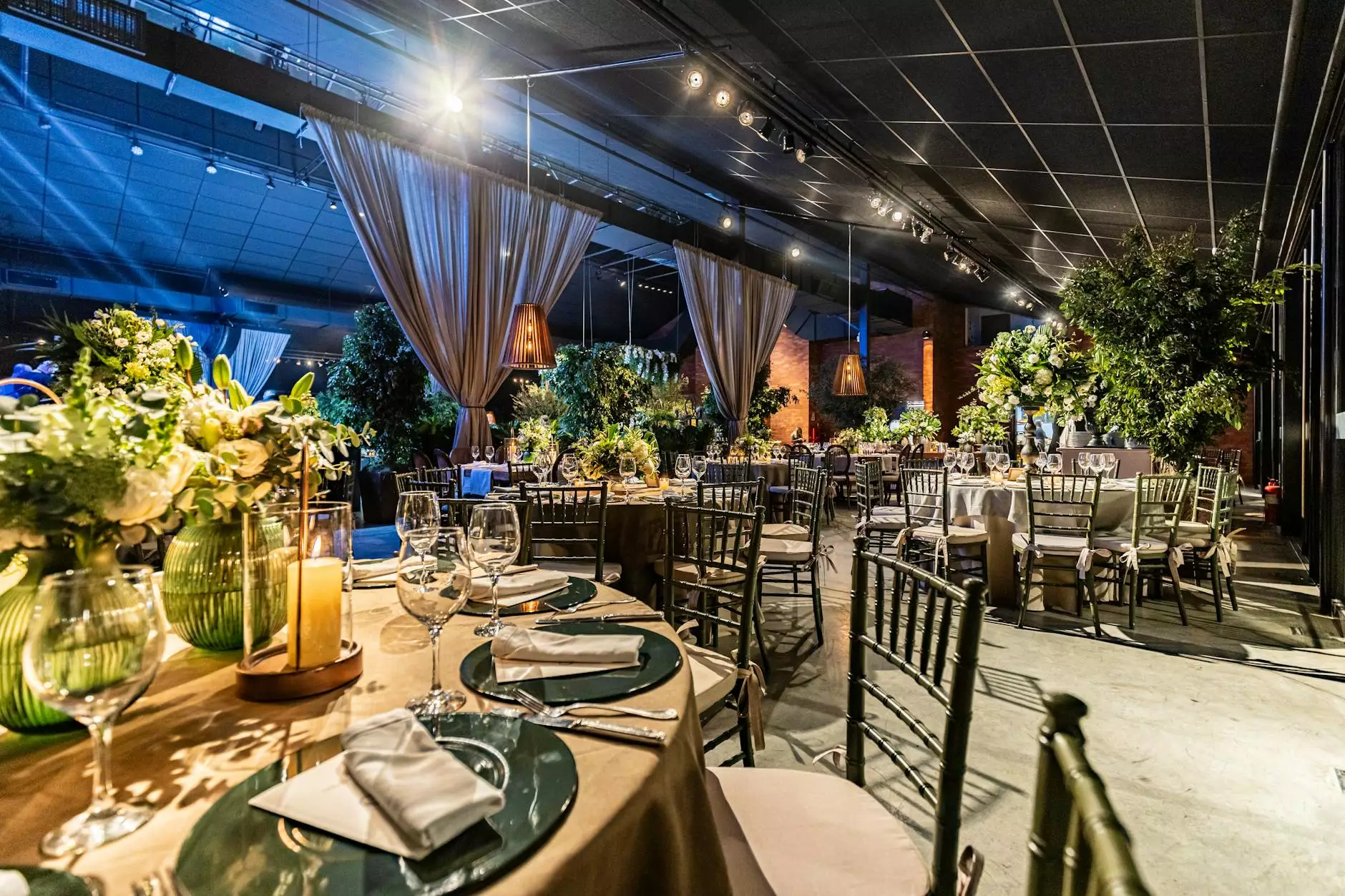Illuminating Possibilities: The Art and Impact of Light Sculpture

The world of art is constantly evolving, driven by innovation and the desire to express ideas in new and breathtaking ways. Among the myriad of artistic expressions, light sculpture stands out as a fascinating fusion of technology and creativity. In this article, we delve into the mesmerizing realm of light sculpture, exploring its origins, its significance in contemporary art, and its remarkable ability to transform spaces and perceptions.
Understanding Light Sculpture: A New Dimension of Art
Light sculptures are three-dimensional art pieces created using light as the primary medium. Unlike traditional sculptures that rely on physical materials like stone or metal, light sculptures utilize illumination to craft an ephemeral experience that is both visual and emotional. This art form can be created using a variety of sources, including:
- LED Lights: Energy-efficient and versatile, allowing for intricate designs.
- Neon Tubes: Offering a vibrant glow and dynamic color options.
- Projectors: Capable of casting images or animations onto surfaces, bringing still sculptures to life.
- Fiber Optics: Providing a way to manipulate light with precision and creativity.
By utilizing these elements, artists can shape the viewer's perception, forge emotional connections, and manipulate space in extraordinary ways. This unique combination allows for the dynamic interplay between light and shadow, creating a stunning visual narrative that evolves with the audience's engagement.
The Evolution of Light Sculpture
The history of light sculpture is as colorful and dynamic as the works themselves. While the use of light in art dates back centuries, the contemporary iteration of light sculpture began to gain traction in the late 20th century. Visionaries like Dan Flavin and James Turrell pushed the boundaries of how light could be utilized in artistic expressions.
These pioneers demonstrated that light is not merely a tool but can be a medium in its own right. Dan Flavin famously created minimalist installations using commercially available fluorescent tubes, challenging perceptions of both light and space. Meanwhile, James Turrell explored the psychological effects of light and perception, creating immersive environments that invite viewers to experience light as a spatial and temporal phenomenon.
The Significance of Light Sculpture in Contemporary Art
As society becomes increasingly intertwined with technology, the role of light sculpture within the art world has grown in importance. Contemporary artists leverage innovative approaches to create stunning, experiential works that reflect modern-day themes and societal issues. Here are several reasons why light sculptures are significant today:
1. Creating Immersive Experiences
Light sculptures engage viewers, compelling them to immerse themselves in the experience. Unlike traditional art forms, which may be experienced passively, light sculptures encourage active participation. They often change with the viewer’s movement, creating a dynamic relationship between artwork and observer.
2. Bridging the Gap Between Art and Technology
The fusion of technology in art is exemplified in light sculpture. Artists employ advanced technologies—from computer programming to digital projection—to create new forms that were previously impossible. This not only reflects the current landscape of innovation but also addresses the evolving definitions of art in the modern age.
3. Enhancing Public Spaces
Many cities around the globe have embraced the incorporation of light sculptures into public spaces. These installations often feature stunning design concepts that beautify urban landscapes, provide a sense of identity, and foster community engagement. They draw visitors and can revitalize areas, turning them into cultural landmarks.
4. Challenging Perceptions of Space
One of the most compelling aspects of light sculpture is its ability to challenge our perceptions of space and form. Artists like Grimanesa Amorós create ethereal works that play with environmental elements, altering how we perceive the spatial dimensions around us. Her public art installations often evoke themes of identity and belonging through the transformative power of light.
Highlighted Artist: Grimanesa Amorós
Grimanesa Amorós is a prominent figure in the world of light sculpture, known for her stunning public installations and her ability to fuse personal narratives with larger social issues. Born in Lima, Peru, and based in New York, her work incorporates cultural heritage, identity, and the human experience, often highlighting themes of femininity and belonging.
Her installations, such as “Golden Dawn” and “Light Sea,” showcase her unique approach to intertwining light and community interaction. Amarós’s artistry not only illuminates spaces but also challenges viewers to engage with them on a deeper, personal level. Her art invites discussions about cultural identity, community, and the transformative potential of light.
The Technique Behind Light Sculpture
The creation of a light sculpture involves several stages, each requiring artistic vision, technical skill, and meticulous planning:
1. Concept Development
The journey begins with a concept, often reflecting the artist's vision or message. This stage involves brainstorming and sketching initial ideas, focusing on how light will interact with the intended space.
2. Material Selection
After developing an idea, the next step is selecting the appropriate materials. Artists might choose from traditional light sources like LEDs or more innovative options like sensors and programming interfaces to enhance interactivity.
3. Spatial Planning
The placement of the sculpture plays a crucial role in its overall impact. Artists carefully consider how the light will affect its surroundings and how viewers will engage with the piece.
4. Installation and Execution
After all planning, the actual construction and installation take place. This phase often involves collaboration with engineers and architects to ensure the piece meets safety standards while achieving the desired artistic effect.
Applications and Future of Light Sculpture
The applications of light sculpture extend beyond typical gallery spaces. They are prominent in:
- Architectural Enhancements: Buildings and structures often incorporate light sculptures to create striking visual cues and brand identity.
- Festivals and Art Installations: Events like the Burning Man Festival and various light festivals around the world celebrate this art form, gathering artists and audiences committed to exploring creativity in illuminated form.
- Interactive Exhibitions: Museums and galleries use light sculptures to engage audiences with technology, enhancing educational experiences.
The future of light sculpture seems poised for innovation. With advancements in technology, such as augmented reality (AR) and artificial intelligence (AI), artists can create even more interactive and engaging experiences. The potential for integrating these technologies into light art promises to redefine the viewer's engagement with art, paving the way for new creative possibilities.
Conclusion: The Everlasting Glow of Light Sculpture
Light sculpture represents a remarkable confluence of art, technology, and human experience. It offers a unique perspective on how light can serve as a transformative medium, both in public spaces and within intimate settings. Artists like Grimanesa Amorós exemplify the depth of emotion and cultural narrative that can emerge through this art form, inspiring us to see our environments—and ourselves—in new and enlightening ways.
As we look towards the future, the evolution of light sculpture continues to captivate and inspire audiences worldwide. Its power to engage, transform, and challenge perceptions is a testament to the enduring nature of art and its ability to illuminate the human experience. Embrace the magic of light sculpture, and open your mind to a new dimension of possibility.









